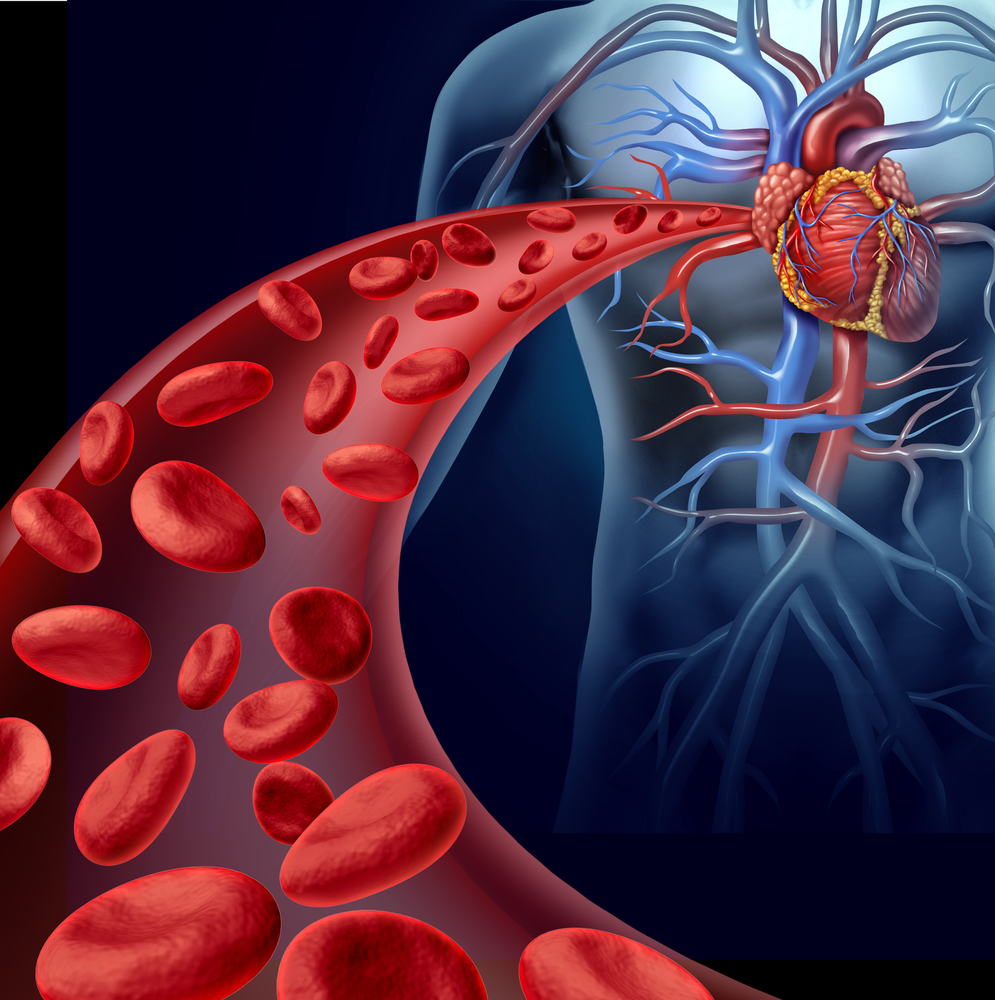Dr. Alexandra J. Lansky, MD, the Director of the Yale Cardiovascular Clinical Research Program,  Yale School of Medicine and her collaborators at the Bristol Heart Institute made an important announcement at the American College of Cardiology’s (ACC) 64th Annual Scientific Session on March 15th, where they presented the findings of the DEFLECT III trial: the first multicenter trial testing TriGuard, a new device that lowers the risk of stroke and cognitive decline in patients undergoing heart-valve replacement.
Yale School of Medicine and her collaborators at the Bristol Heart Institute made an important announcement at the American College of Cardiology’s (ACC) 64th Annual Scientific Session on March 15th, where they presented the findings of the DEFLECT III trial: the first multicenter trial testing TriGuard, a new device that lowers the risk of stroke and cognitive decline in patients undergoing heart-valve replacement.
Background Terminology:
- Transcatheter Aortic Valve Replacement (TAVR): a minimally invasive procedure that allows doctors to treat patients with inoperable aortic stenosis (failing heart valves) in which a replacement valve is inserted by a catheter through the femoral artery without requiring open heart surgery
- Stroke: also known as cerebral ischemia or cerebral lesion, occurs when blood flow to an area of the brain is cut off, resulting in oxygen and nutrient deprivation that may result in permanent damage to the brain
TAVR and the Risk of Stroke
Many patients suffering from aortic stenosis also have comorbid conditions that increase the risks associated with undergoing open heart surgery. TAVR has been a successful procedure in which these patients can have their defective valves replaced without the adverse risks of an invasive procedure. A drawback to TAVR is that approximately 7% of TAVR patients suffer strokes due to the procedure.
About DEFLECT III:
In an effort to eliminate the risk for stroke during the TAVR procedure, the TriGuard device is placed in the aortic arch and its mesh filter covers the three major cerebral blood vessels, to protect the brain while the valve is being replaced.
To test the safety and effectiveness of the device the trial measured the following patient outcomes in 45 participants who received the TriGuard system (cases) in comparison to 38 patients who did not (controls):
- Hospital procedural safety
- Any Major Adverse Cardiovascular and Cerebrovascular Events (MACCE):
- All-cause mortality
- All stroke (disabling and non-disabling)
- Life threatening (or disabling) bleeding
- Acute kidney injury
- Major vascular complications
When discussing the results Dr. Lansky stated, “One of the major findings is, for the first time, we’re showing that with protection, 55% more patients have completely clean brains: with no ischemic brain lesions at all. What’s more exciting are the neurocognitive findings. Whether we’re looking at MoCA or looking at short-term memory or delayed memory, we’re seeing an improvement in cognitive function as early as hospital discharge among protected patients, compared to controls.”
The sentiment was shared by Shuki Porath, President and CEO of Keystone Heart the company that created the device, “When a patient undergoes a procedure to improve cardiovascular function, risks of damage to the brain should be minimized whenever possible. The new results from DEFLECT III and previous results from DEFLECT I show that the TriGuard has the potential to do so. I am hopeful the results of the trial will promote the recognition of cerebral embolic protection importance, and use in TAVR and other cardiovascular procedures.”
In a company press release about the findings, Vince Burgess, Executive Chairman of Keystone Heart commented “Our objective since day one has been to help bring the stroke and silent stroke rates seen during TAVR down to a level that is equal to or below that observed during traditional valve replacement surgery. In this study, we have seen completely lesion free brains on DW-MRI in as many as 50% of patients when our device is used during implantation of the leading TAVR manufacturer’s latest generation valves. We are excited about the results of this study and we believe we are approaching our goal of helping to make this revolutionary procedure more widely available to patient populations.”


